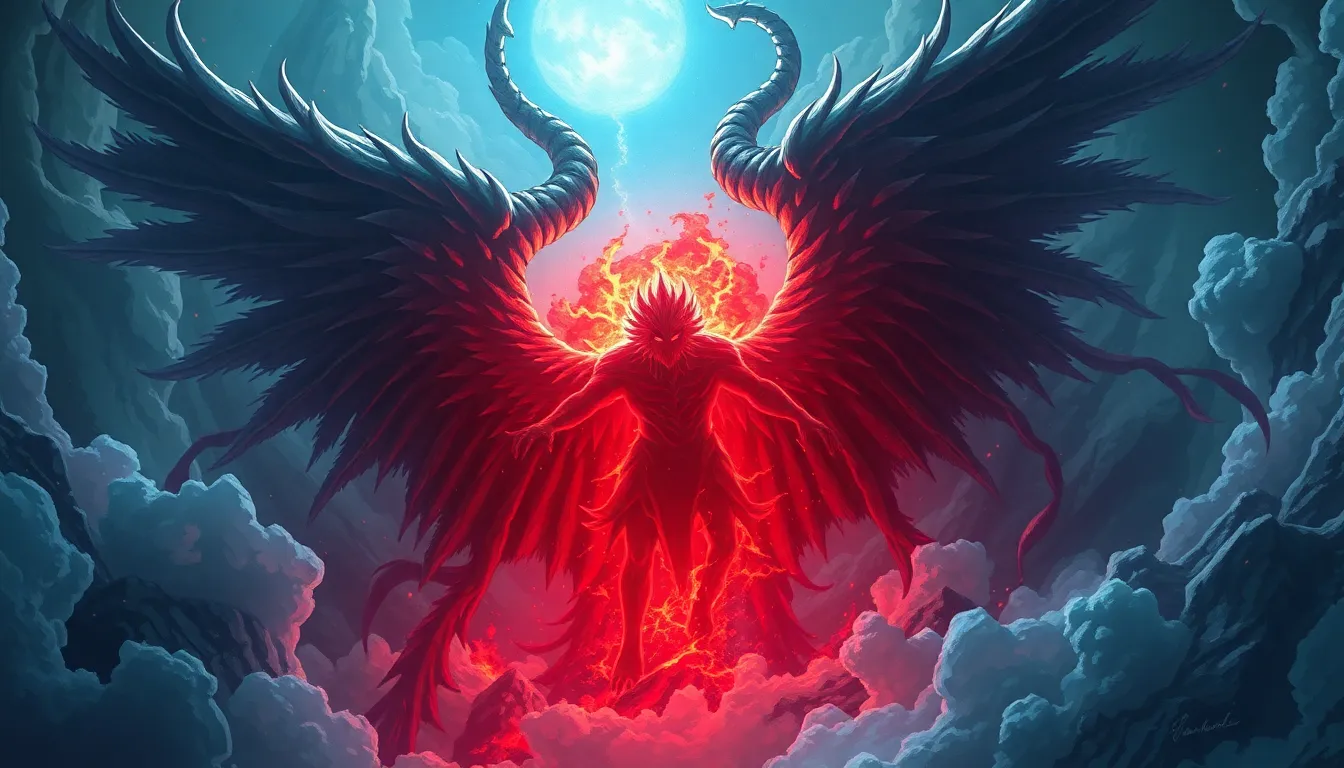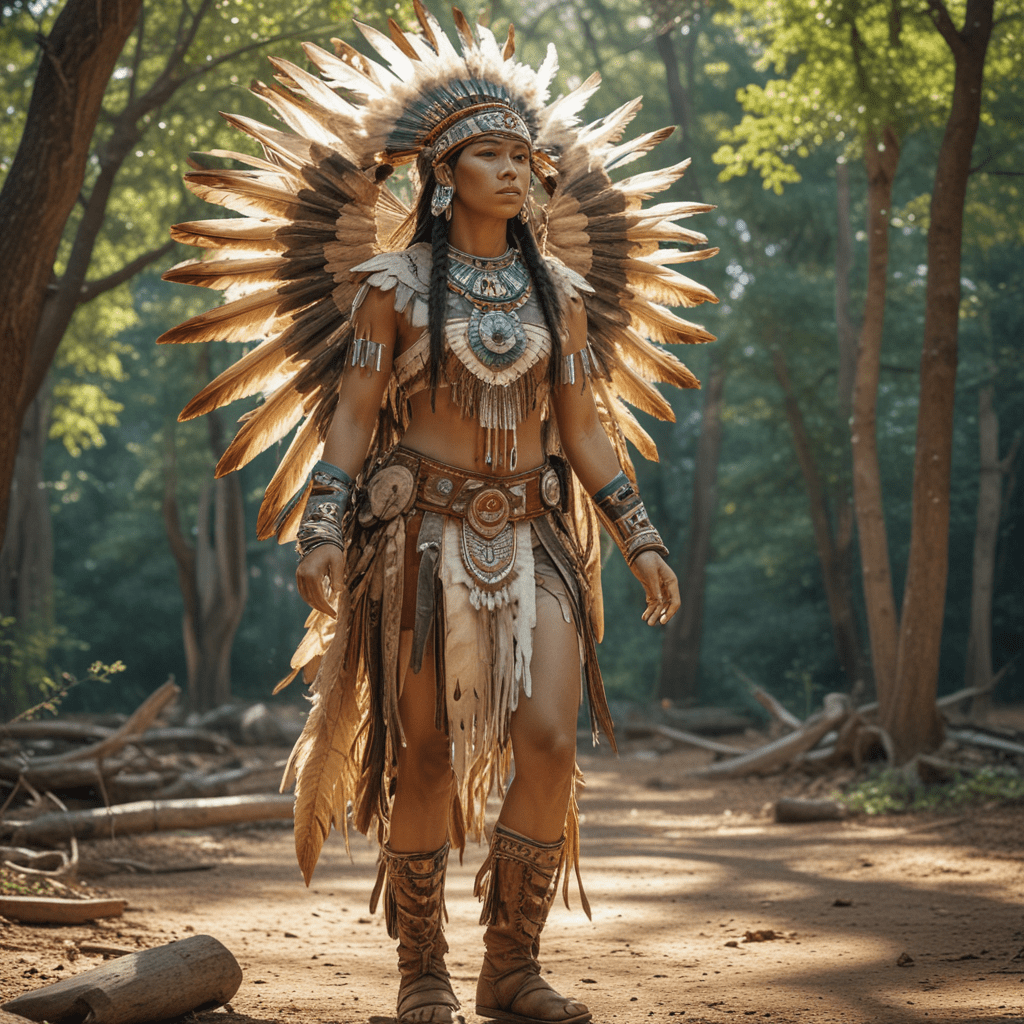The Mythical Quests of Persian Heroes
Introduction:
Persian mythology, with its rich tapestry of tales, has been an integral part of Iranian culture for centuries. These myths not only entertain but also offer profound insights into the values, beliefs, and aspirations of the Persian people. Among the prominent themes of Persian mythology are the heroic quests, where brave individuals embark on perilous journeys to overcome challenges, conquer evil, and uphold justice. These quests are not merely adventures but represent the pursuit of self-discovery, the struggle against adversity, and the unwavering determination of the human spirit.
Rostam and the White Div:
Rostam, a legendary warrior, occupies a central position in the Shahnameh, the magnum opus of Persian epic poetry. His superhuman strength, unwavering courage, and unwavering loyalty to his king make him the embodiment of the ideal Persian hero. In one of his most celebrated adventures, Rostam confronts the White Div, a monstrous creature threatening to engulf the world in darkness. This formidable adversary possesses immense power and a thirst for destruction. However, Rostam, armed with his trusty mace, confronts the White Div in a fierce battle. Through his unwavering resolve and strategic brilliance, Rostam emerges victorious, slaying the White Div and saving the world from imminent peril.
Zal and the Simurgh:
Zal, another iconic figure in Persian mythology, is born with unusual physical characteristics, leading his father, Sam, to abandon him in fear and shame. However, a mythical bird, the Simurgh, discovers and raises Zal, nurturing him with love and wisdom. The Simurgh becomes Zal's protector and mentor, guiding him through the trials and tribulations of life. It teaches him valuable lessons about courage, resilience, and the importance of accepting oneself. Despite his initial rejection, Zal eventually reunites with his father, demonstrating the power of compassion and forgiveness.
Arash the Archer:
Arash, a skilled archer renowned for his unwavering patriotism, embodies the spirit of sacrifice and selflessness. During a conflict between Persia and Turan, a dispute arises over the rightful division of land. To resolve the issue, Arash volunteers for a perilous task: shooting an arrow to determine the border between the two nations. Understanding that the distance covered by his arrow will dictate the extent of his homeland's territory, Arash takes aim, unleashing a shot of unimaginable power. The arrow soars across the skies, marking a boundary that remains etched in history. Arash's sacrifice exemplifies the profound love and devotion one can hold for their nation.
Kaveh the Blacksmith:
Kaveh, a blacksmith of ordinary means, becomes an emblem of resistance against tyranny. The oppressive rule of Zahak, a malevolent king cursed with serpents growing from his shoulders, has plunged the nation into despair. Zahak's reign is marked by cruelty and injustice, with the people suffering under his iron fist. Kaveh, unable to bear the sight of his people's torment, rises up in defiance. He dons his blacksmith's leather apron as a flag of rebellion, rallying the masses to join his cause. Kaveh's courage sparks a revolution, inspiring others to fight for their freedom and overthrow the tyrannical Zahak. His actions demonstrate the power of an individual to ignite change and inspire collective action against oppression.
Bahram Gur and the Seven Labors:
Bahram Gur, a Sassanid king renowned for his courage and love for adventure, embarks on a series of seven arduous tasks to prove his worthiness as a ruler. These labors, reminiscent of the Herculean challenges, test Bahram's physical prowess, mental fortitude, and resourcefulness. He must navigate treacherous landscapes, confront ferocious beasts, and solve enigmatic puzzles. Through determination and unwavering resolve, Bahram Gur overcomes each challenge, demonstrating his exceptional abilities and solidifying his position as a just and capable leader. His successful completion of the seven labors serves as a testament to his unwavering spirit and commitment to his people.
The Significance of Heroic Quests:
The mythical quests undertaken by Persian heroes hold profound significance within Iranian culture. These tales not only entertain but also impart valuable lessons about courage, perseverance, self-sacrifice, and the pursuit of justice. They serve as a source of inspiration, reminding individuals of their potential to overcome adversity and strive for a better world. The heroes' journeys reflect the values and aspirations of the Persian people, emphasizing the importance of standing up for what is right, even in the face of overwhelming challenges.
Conclusion:
The mythical quests of Persian heroes are an integral part of Iranian cultural heritage, offering timeless lessons about courage, resilience, and the pursuit of justice. These tales continue to inspire generations, reminding us of the power of the human spirit to overcome adversity and strive for a better world. The heroes' journeys serve as a testament to the enduring values of bravery, selflessness, and the unwavering pursuit of what is right. Through their epic exploits, these mythical figures continue to shape the cultural landscape of Iran and provide inspiration to all who encounter their stories.
Frequently Asked Questions:
1. What are the main characteristics of a Persian hero?
Persian heroes are typically characterized by their bravery, strength, loyalty, and unwavering determination. They are often tasked with overcoming great challenges and defeating evil forces, embodying the ideals of justice and righteousness.
2. What are some of the most famous Persian myths?
Among the most renowned Persian myths are the stories of Rostam and the White Div, Zal and the Simurgh, Arash the Archer, Kaveh the Blacksmith, and Bahram Gur and the Seven Labors. These tales have been passed down through generations, inspiring countless individuals with their themes of courage, sacrifice, and the pursuit of justice.
3. What is the significance of mythical quests in Persian mythology?
The mythical quests undertaken by Persian heroes serve as powerful metaphors for the human journey, highlighting the challenges and triumphs that individuals face in their pursuit of self-discovery and the greater good. They remind us of the importance of perseverance, courage, and the unwavering belief in oneself and one's ideals.
4. How do Persian myths continue to influence Iranian culture today?
Persian myths remain deeply embedded in Iranian culture, shaping values, beliefs, and artistic expressions. They continue to inspire writers, artists, and filmmakers, providing timeless lessons about courage, resilience, and the pursuit of justice. Their enduring relevance speaks to the profound impact these stories have had on the Iranian people and their worldview.



